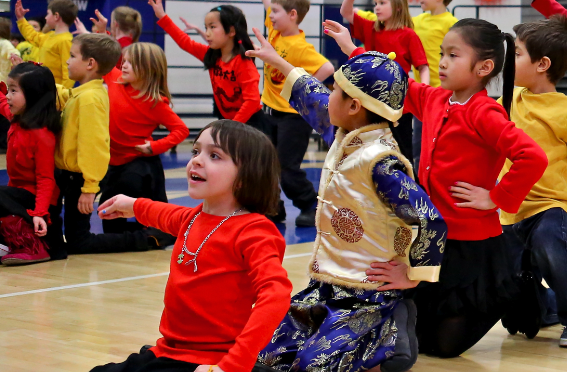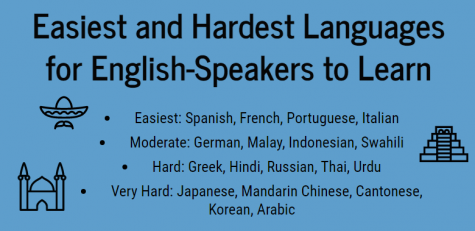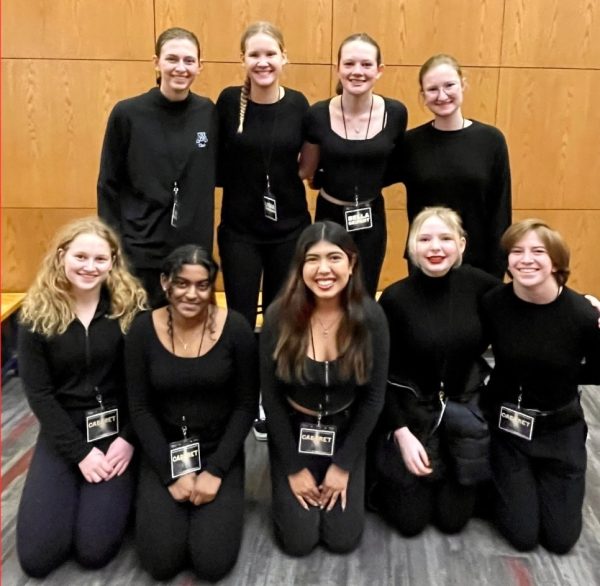Beliefs vs. Benefits: Bilingualism at MHS

Photo Courtesy District Website
December 22, 2016
Last year, the inaugural immersion students reached Minnetonka High School. The program started out in 2007 fairly small but has now expanded to the point where in just a few years, half of the student body at Minnetonka will be bilingual. The program is the largest in the state of Minnesota, and also quite successful. On the AP Language and Culture tests taken last Spring, the Chinese immersion students averaged a score of 3.7 and the Spanish immersion a score of 4.5. In America, knowing a second language comes with endless benefits, and is something that everyone should have under their belt.
Before the early 1960s, it was widely believed that bilingualism caused a language handicap, and was largely seen as a learning disability. Because of this many people actually believed that knowing more than one language made you stupid, as it was thought to impede one’s learning abilities. It wasn’t until studies revealed that bilingualism actually had many benefits instead of downsides that people opened up to the idea of knowing a second language. Some still believe immersion programs like Minnetonka’s will affect English literacy, but district data shows that “standardized test data on English exams indicate no significant difference among immersion students and their English-only peers in reading or math.”

Template Courtesy https://venngage.com/
There are still many studies being conducted on bilingualism and its effects, particularly on the human brain itself. Bilinguals are shown to have denser gray matter, postponing symptoms of diseases such as dementia and Alzheimer’s by five years in comparison to monolinguals, and lowering the risks of said diseases altogether as well. A study from the University of Edinburgh even shows that learning your second language later in life means you do not have to miss out on this benefit, as many bilinguals acquire their second language during adulthood.
In our country, Spanish is the second most-spoken language, accounting for 12.9% of languages spoken at home (according to the CIA World Factbook). Mandarin Chinese is the most commonly spoken language globally, with over 995 million speakers. This means that bilingualism has an evident place in our economy, as there are many jobs that require it or highly recommend it. But with economic perks aside, there seems to be more cultural awareness that comes with learning another language.
When speaking to Linguistics Professor Bruce Downing from the University of Minnesota, I asked him if he believed there were cultural benefits on top of obvious economic ones. Downing responded, “From my own observation plus research I am familiar with, I believe that knowing a second, or third, language and experiencing another culture helps a person better understand what language and culture ARE, and to better understand and appreciate one’s own language and culture. As you say, America is a country of immigrants. This is not only our heritage; living and working across languages and cultures is an important part of getting along and getting ahead in this country.”
Chinese immersion student Meg Hellerud ‘19 believes that “as many students in the immersion classes have been taught by immigrants, we have experienced many different lifestyles and cultures. It is easy for someone to talk about immigrants and people outside of America when you do not personally have a concept of their actual human existence. When you learn a language you are subjected to that language’s culture and are exposed to the human side of the statistic and you are compelled to connect with them more through mutual understanding.”

























